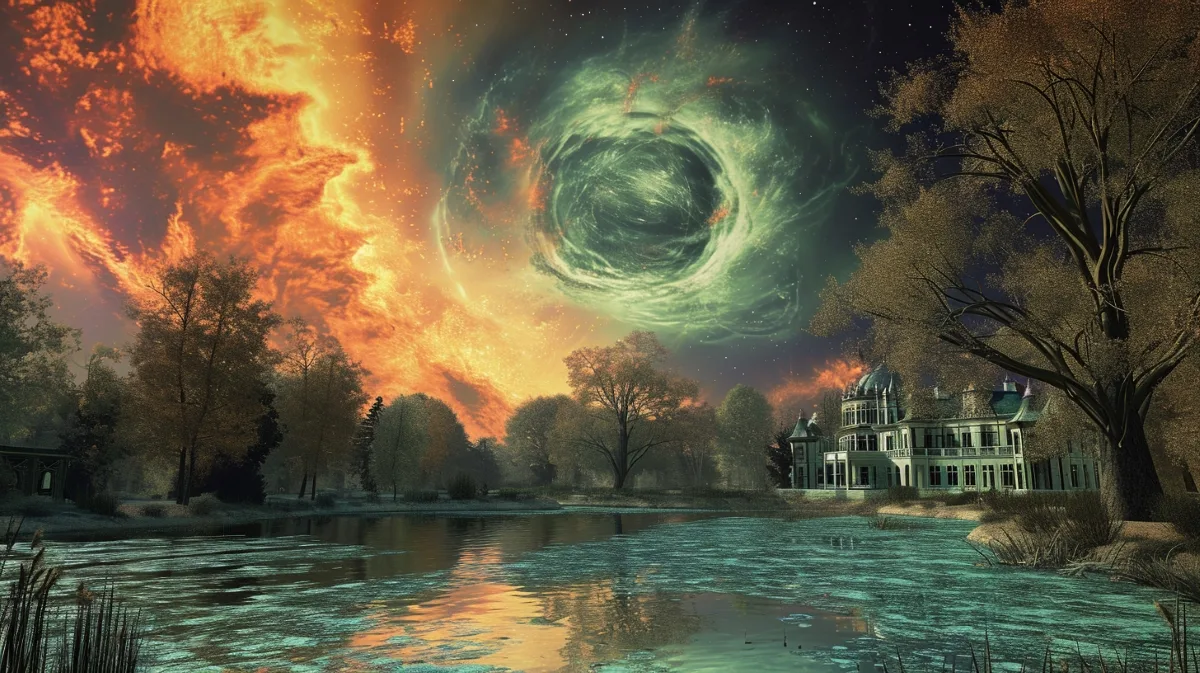3 minute read
In an era where technology is intertwined with every aspect of our lives, understanding phenomena that can disrupt this technology becomes crucial. One such phenomenon is the Carrington Event. But what exactly is a Carrington Event, and are we at risk of experiencing another one? Let’s dive into these questions.
What is a Carrington Event?
In 1859, the world experienced the most powerful geomagnetic storm on record, known as the Carrington Event. Named after Richard Carrington, the British astronomer who first observed the solar flare causing it, this event wreaked havoc on the telegraph systems across Europe and North America. But it wasn’t just the telegraphs that were affected; spectacular auroras were visible as far south as the Caribbean, an unusual occurrence resulting from the intense solar activity.
Key Characteristics of the Carrington Event:
- Immense Solar Flare: The event was triggered by a massive solar flare that ejected a coronal mass ejection (CME) towards Earth.
- Global Impact on Telegraph Systems: Telegraph systems worldwide experienced failures, with some operators reporting electric shocks and sparks.
- Extraordinary Auroras: The interaction with Earth’s magnetic field created vivid auroral displays, far beyond their typical latitudinal range.
Could a Carrington-like Event Happen Today?
The short answer is yes. Our sun is a dynamic star, and such solar events, although rare, are a natural part of its activity cycle. A Carrington-like event in today’s world, however, would have implications far beyond those of the 19th century.
Potential Impacts in Today’s World:
- Widespread Power Outages: Modern power grids could be severely affected, leading to prolonged blackouts.
- Satellite and Communication Disruptions: Damage to satellites would impact GPS navigation, telecommunications, and even some banking systems.
- Air Travel Complications: High-altitude radiation hazards could disrupt air travel, particularly in polar regions.
- Economic Consequences: The global economy could face trillions of dollars in losses due to the failure of technological systems.
How Can We Prepare for Such an Event?
While the exact timing of such an event is unpredictable, preparation is key to mitigating its impacts.
Steps for Preparedness:
- Enhanced Solar Monitoring: Investing in space weather monitoring to provide early warnings.
- Strengthening Infrastructure: Upgrading and hardening power grids and communication networks.
- Developing Contingency Plans: Governments and businesses should have emergency protocols in place.
- Public Awareness and Education: Informing the public about the potential risks and emergency response strategies.
What Are the Long-Term Solutions?
To effectively manage the risks associated with a Carrington-like event, long-term strategies must be implemented.
Key Long-Term Strategies:
- International Collaboration: Global cooperation in monitoring and sharing information about solar activity.
- Advanced Research: Continued research into understanding solar phenomena and their impacts on our technological infrastructure.
- Technological Innovations: Developing new technologies that are resilient to electromagnetic disturbances.
Are We Currently at Risk?
The sun goes through an 11-year cycle of solar activity. During periods of high activity, the likelihood of solar flares and CMEs increases. However, predicting a Carrington-level event remains challenging.
Current State of Risk:
- Ongoing Monitoring: Agencies like NASA and NOAA constantly monitor solar activity.
- Risk Assessment: Scientists continually assess the risks of severe space weather events.
Conclusion: Vigilance and Preparedness are Key
While the possibility of another Carrington Event is real, our understanding and ability to prepare have significantly improved since 1859. Continuous monitoring, infrastructure resilience, and public awareness are our best tools in mitigating the potential impacts of such an event. As we continue to advance technologically, our preparedness strategies must also evolve to ensure we can withstand and quickly recover from such extraordinary natural phenomena.
Remember, the key to facing any large-scale natural event is a well-informed and prepared society. Stay informed, stay prepared.





